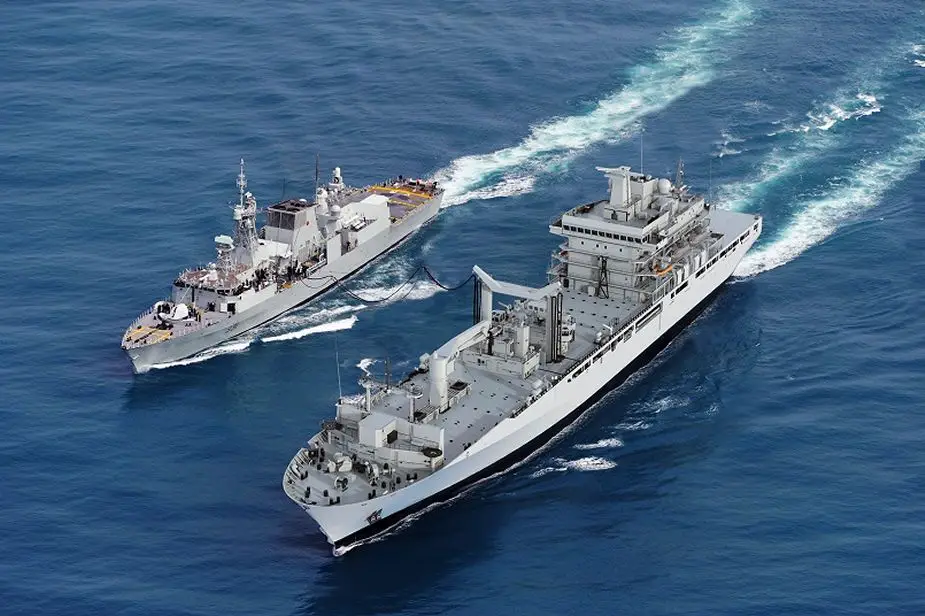Breaking news
Canadian Navy will acquire five ship-to-shore connector systems from Shipbuilding Company Navamar.
On September 6, 2019, the National Defence Department of Canada has released a statement on its official website to announce a contract of approximately $12 million to acquire five ship-to-shore connector systems that will support such missions. These systems will be built in Canada by Navamar Inc.
 Artist rendering of the future Protecteur-class ship replenishing a Canadian vessel at sea. (Picture source Canadian Navy)
Artist rendering of the future Protecteur-class ship replenishing a Canadian vessel at sea. (Picture source Canadian Navy)
These ship-to-shore connector systems, vessels such as Joint Support Ships of the Canadian Navy will have an enhanced and robust capability to transfer cargo and equipment from the ship to the shore. They will enable the Canadian Armed Forces (CAF) to respond more rapidly to operations and joint actions ashore.
This contract was awarded through a competitive process as part of the overall Joint Support Ship project budget.
Of the five ship-to-shore connector systems that will be acquired by the Royal Canadian Navy, four will be kept aboard our two Joint Support Ships, the fifth one will be available for maintenance work and be used for training.
The modular and configurable ship-to-shore connectors will adapt to almost any mission. They could be used as a temporary jetty anchored to the shoreline, as a large barge to assist in ship maintenance and repair, or to perform evacuation operations.
The future Joint Support Ships of the Royal Canadian Navy will resupply deployed ships at sea and will have the ability to accompany our warships in all environments. This will extend the time a naval task group can remain at sea, eliminating the need to leave an operational area or return to port for resupply.




























